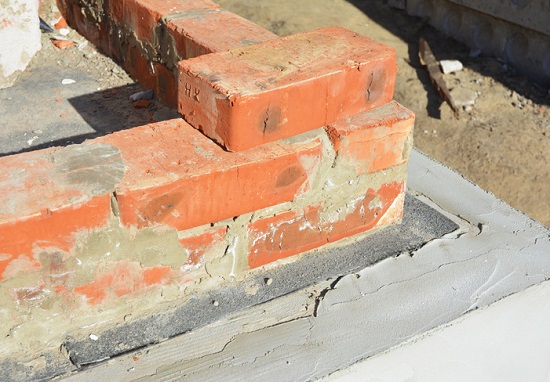Types of Damp and Damp Treatments
Reading time: 5 minutes
What are the signs of damp in a house?
There are many ways to tell if there’s damp in a property, from obvious to subtle signs. Identifying these signs will give a good idea of where there are problem areas to investigate.
Damp can be identified from the following signals:
-
If there’s a persistent, musty smell
-
Wallpaper starting to peel
-
Mildew or mould is forming
-
Plaster appearing discoloured, patchy or cracking
-
Walls, floors and ceilings feeling noticeably cold or damp in patches
Although we provide guidance on how to identify damp, and how to treat it, for further help please speak to a building professional for additional advice if needed.
Types of damp
While we’ve covered the tell-tale signs of damp, there’s more than one type of damp that can affect a property. These different forms can all be responsible for the problems listed above, but certain signs can be narrowed down to three particular kinds of damp:
-
Condensation
-
Rising damp
-
Penetrating damp
- What is condensation?
- How serious is rising damp?
- What causes penetrating damp?
What’s the difference between rising damp and penetrating damp?
Penetrating damp is similar to rising damp as it appears in darkening patches. However, while rising damp tends to reach a certain height, usually about a meter above ground level, penetrating damp can appear anywhere in a property. It can show up as stains on ceilings, floors, and both internal and external walls. It can cause plaster to crumble and cause black mould to form. You might even find actual drips and puddles from it!
Can all damp problems be fixed?
If ignored, damp can be incredibly damaging to a property, requiring lengthy and costly repairs. However, when spotted, it’s good to try to deal with damp as soon as possible. Most of the time, damp issues can be treated. If you are unsure, it’s a good idea to speak to a specialist for further advice.
Does my home need a damp proof course?
Compulsory damp proof course (DPC) for building work has been a regulation since 1875 in the UK, so most homes today will already have it installed. They tend to be visible as a thin line of black material that runs along the bottom of a property’s external walls to treat rising damp from ground level.
However, if the DPC deteriorates or is damaged over time, this can potentially lead to issues with rising damp. This can be fixed by injecting damp proof solution into the brickwork at the level of the old damp proof course.
What is a damp proof membrane?
As part of a property’s damp proofing, it’s possible that a damp proof membrane (DPM) may be installed as a layer above concrete foundations. A damp proof membrane is a polythene sheet that can cover a much wider area than DPC tape. DPM is also used with a damp proof course to provide greater protection against moisture.
We can help with a full range of water proofing and damp proof coursing for any size of property, along with accessories for brick repair and plastering. Find the right building materials online from Travis Perkins today.
Disclaimer: The information contained on this page is intended as an overall introduction and is not intended as specific advice from a qualified professional. Travis Perkins aims to avoid, but accepts no liability, in the case that any information stated is out of date.
Always refer to the manufacturer's guidance for installation instructions.




